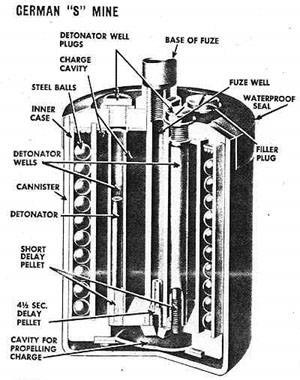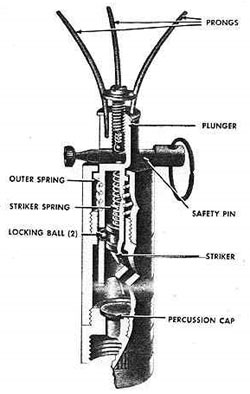No, your point demonstrates the... let's say inflexibility of Japanese society, something that permeated their blade production. Japanese society worked, and only worked, so long as everyone followed the rules precisely. When anyone emerged from this perfect lockstep system, no one could formulate a response. Masashi doesn't demonstrate the flexibility or versatility of the blade, he demonstrates the lack of versatility in the training that went into it.Knifewounds said:Am I, not really. I just wanted to add a fancy word. Still my point on the katanas versatility shows with my Masashi example.TOGSolid said:You're trying to sound impressive. It's not working. Musashi founded the two sword technique known as Niten Ichi-ryū. Kenjutsu is a general term that means the Art of the Sword and encompasses various traditional Samurai sword arts.Knifewounds said:uhh, no I didn't. Yes I do like anime, but I know whats real, and whats not. What I do know from my experiences with a katana is that it is far from being as weak as that. I took apart a rusty junkyard car with it before it started getting dull. Calling it useless in a battle outside of duels isn't true ether. After all Miyamoto Musashi took on a clan of samurai while using the kenjutsu technique that involves wielding two katana (all of which is documented history) Uhh, in hind sight most swords usually do get dull pretty fast so its hardly worth dwelling on.
Musashi won his fights because the way he fought was his own. The people he fought could not think outside the box due to the rigidity of their traditional training which allowed them to be easily picked apart.
Also, even with substantial training, two weapon fighting will always disadvantage the combatant in ways that a properly trained opponent can exploit. At best it slows down your individual movements, at worst you flail like an idiot, get exhausted, and get dead. Any decently trained and creative individual should have been able to take them apart.



